You have 0 product(s) in your cart.
Abyss Scuba Diving
Discover Sydney's Underwater Rainforests: The Essential Role Of Sponge Gardens
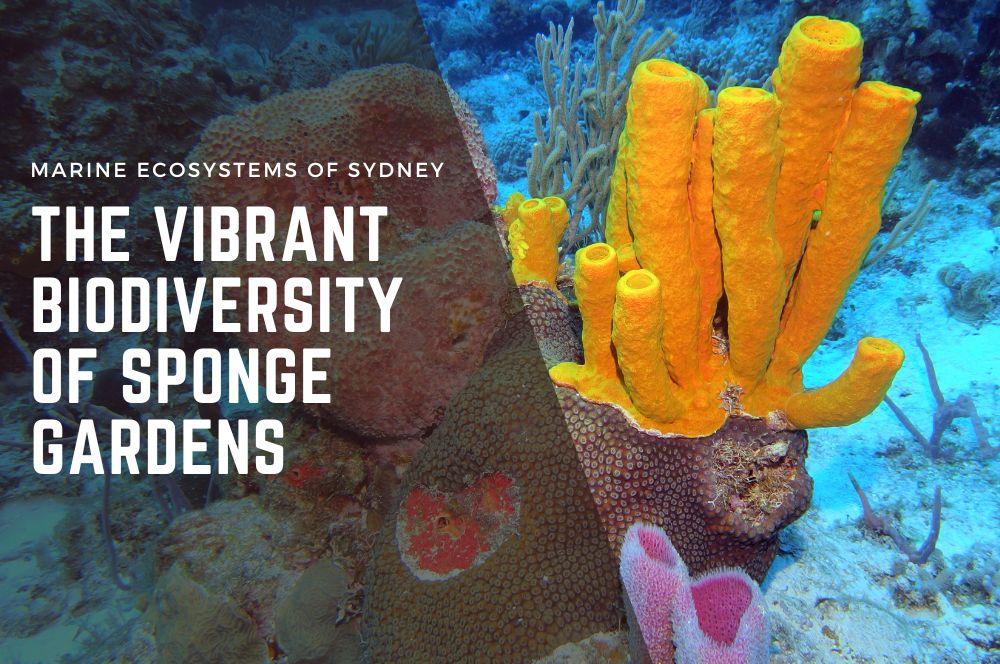
Exploring the Vibrant Biodiversity of Sponge Gardens in Marine Ecosystems of Sydney
Sponge gardens are underwater powerhouses of biodiversity, as crucial to our oceans as rainforests are to land. Beneath the waves, especially near Sydney, sponge gardens form complex habitats for an array of sea life. This article reveals the essence of sponge gardens, explaining their pivotal roles in marine environments and shedding light on why these submerged sanctuaries are a focal point for conservation efforts.
Key Takeaways
-
Sponge gardens are complex underwater ecosystems that enhance biodiversity by providing habitat structures akin to coral reefs, supporting a multitude of marine species ranging from algae to large marine mammals.
-
Vibrant marine organisms like sea tulips and corals have symbiotic relationships within sponge gardens, contributing to nutrient cycling, water filtration, and ecological interconnectedness essential for maintaining marine biodiversity.
-
Sponge gardens face threats from climate change, which disrupts symbiotic relationships and poses risks to their survival, highlighting the need for effective climate change mitigation and conservation efforts.
Discovering Sponge Gardens: A Hidden Treasure
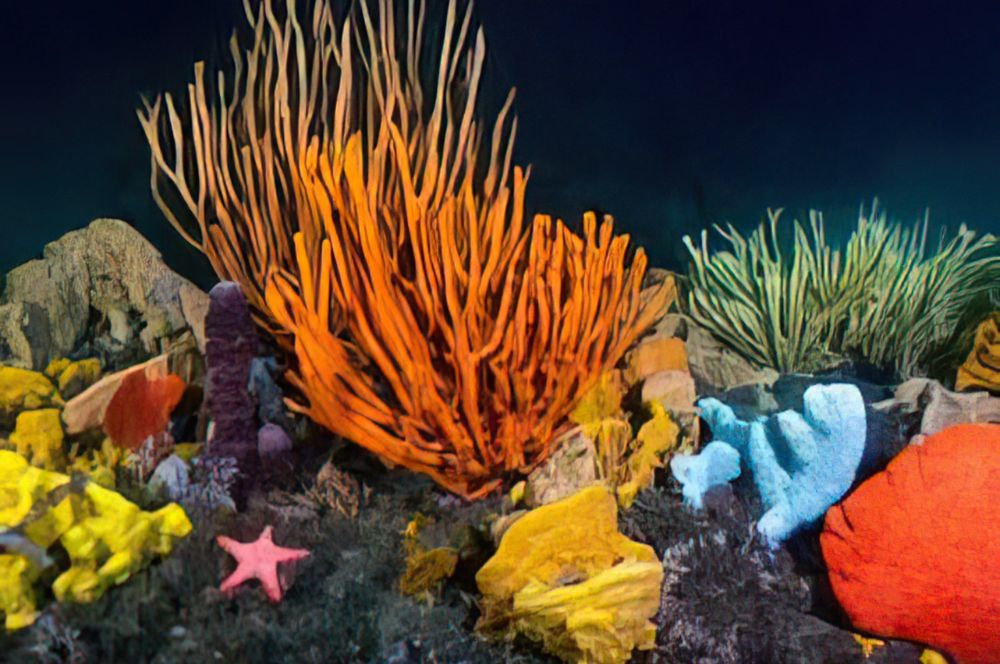
Sponge gardens are not your typical garden. They’re not filled with lush greenery, but rather, they consist of intricate, delicate sponge structures that serve as a perfect starting point for a plethora of marine life to thrive. These gardens find their homes in specific underwater habitats, such as deep rocky reefs, caves, and crevices, where low light environments provide optimal conditions for their unique adaptation.
These underwater gardens, much like mangroves and terrestrial plants, play a significant part in fostering biodiversity. They do so by increasing reef structural complexity, akin to coral reefs, providing habitats that are both comparable to and often associated with that provided by corals.
From the smallest algae to the largest marine mammals, all forms of marine wildlife find refuge, food, or a place to breed in these gardens. They are an undersea metropolis teeming with life, a testament to the interconnectedness and interdependence of life within our oceans and the importance of community groups in preserving these ecosystems.
What are Sponge Gardens?
A sponge garden, as the name suggests, is a vibrant underwater garden dominated by sponges. But it’s not only about sponges. These gardens are bustling ecosystems that support a vast variety of life, including sea tulips, corals, and hundreds of other species.
Sponges, as the main inhabitants of these gardens, hold an indispensable function within these ecosystems. They provide a vital link in the food chain, filter water, and contribute to overall marine biodiversity. Their porous bodies serve as perfect habitats for smaller marine organisms, further enhancing the biodiversity of these gardens. Just as mangroves and terrestrial plants, sponge gardens constitute a vital component of our marine ecosystems.
Sea Tulips: Jewels of the Ocean Floor
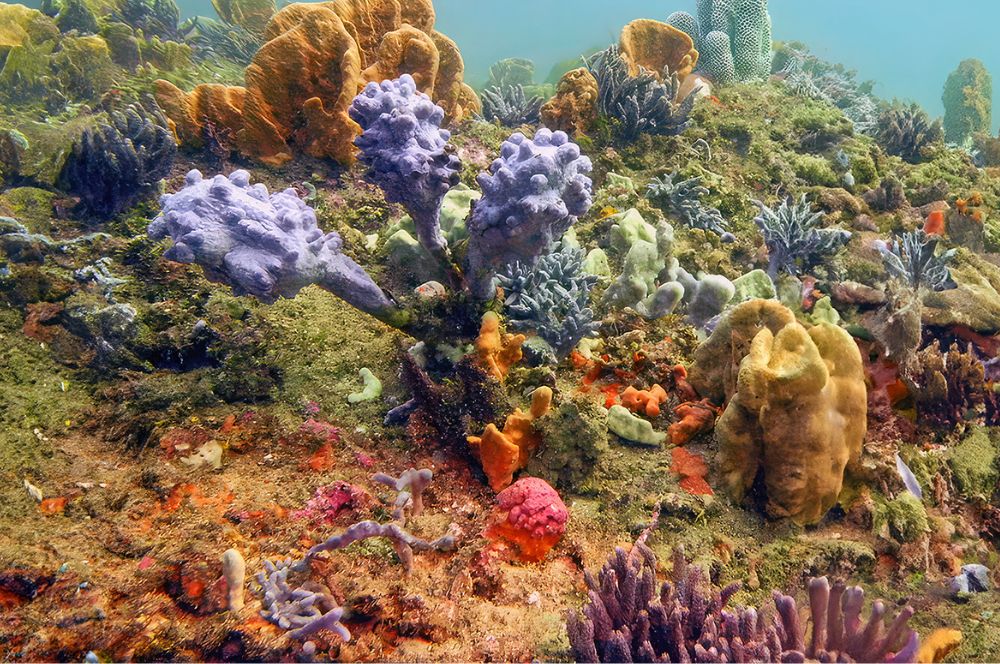
As you delve deeper into the world of sponge gardens, one of the most colourful and fascinating organisms you’ll likely encounter is the sea tulip. These flower-like ascidians, or sea squirts, are a sight to behold. Apart from their captivating looks, they also hold an important function in marine ecosystems, adding substantially to the sponge gardens’ biodiversity.
Sea tulips, commonly encountered by divers around Sydney, are known for their vivid colours and unique appearance. With a body covered in lumps and bumps, giving it a warty appearance, and hues ranging from orange to purple, yellow, or pink, they truly are the jewels of the ocean floor. They attach themselves to rocks or shells, becoming immobile or “sessile” in adult life. Their lifestyle involves pumping seawater in and out of their siphons, filtering food particles from the water, making them an integral part of the marine food web, just like their relative, the sea squirt.
Named for their flower-like appearance and stalked bodies, sea tulips form symbiotic relationships with other marine life, enhancing the biodiversity of sponge gardens. They gain protection from predators by using the sponge’s defence and in return, provide a surface for the sponge to grow. This relationship is a testament to the complex interconnectedness of life within these underwater gardens.
Ascidians, the group to which sea tulips belong, carry a unique significance. They are considered an evolutionary link between invertebrates and vertebrates, possessing some primitive vertebrate features during a stage in their life cycle. This makes them not only a source of fascination for divers but also for marine biologists and scientists.
The Symbiotic Relationship Between Corals and Sponges
The symbiotic relationships between corals and sponges further illustrate the interconnectedness of life within sponge gardens. This relationship involves corals providing structural support and habitat for sponges, a testament to the co-dependence of different species in maintaining a balanced marine ecosystem.
Coral Structures and Support
In the intricate tapestry of sponge gardens, coral structures serve as the foundational base, supporting the growth and survival of sponges. These structures offer a solid body for sponges to latch onto, grow, and expand, further enriching the complexity of the gardens.
Nutrient Exchange and Benefits
But the relationship between sponges and corals isn’t just about physical support. It extends to the realm of nutrient exchange, playing a key role in the overall health and survival of these organisms. Sponges absorb nutrients from the water, and in return, excrete particulate and dissolved matter - substances that are beneficial to corals.
Different coral species, or coral holobionts, are known to integrate nutrients from these sponge-derived materials. This integration is influenced by their unique ecophysiological traits, further underscoring the complex and interconnected nature of life in these underwater gardens. Through this nutrient exchange, sponges and corals thrive together, each benefiting from the other’s existence in this underwater ecosystem.
The Ecological Significance of Sponge Gardens
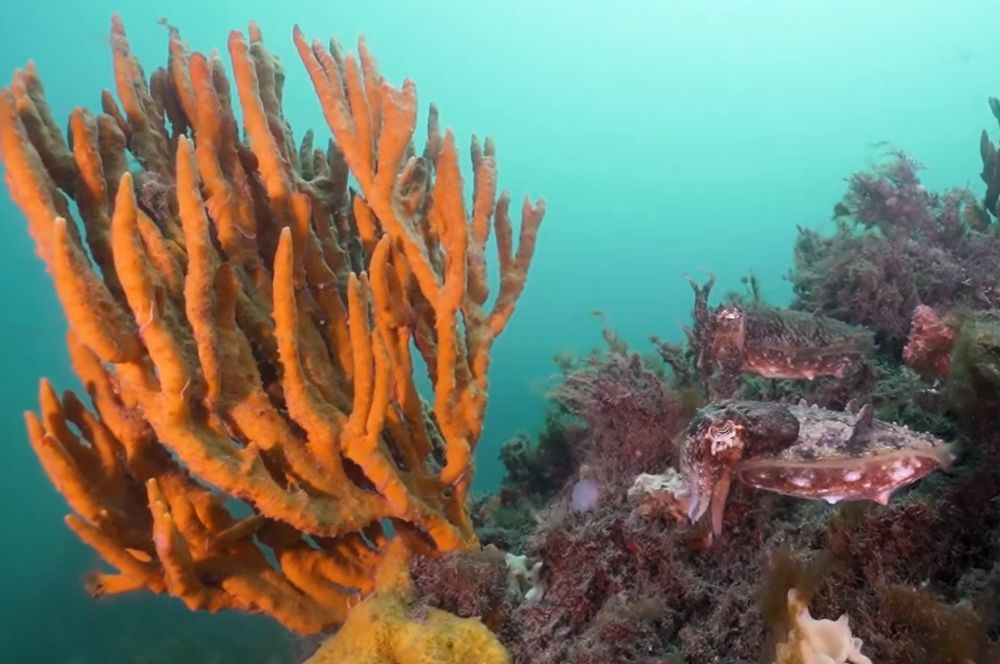
Apart from their visual allure, sponge gardens hold noteworthy ecological roles, akin to land-based mangroves and plants. Their contribution to the stability and health of the marine ecosystem is seen in their consumption of dissolved oxygen and processing of both organic and inorganic nutrients, thereby preserving water quality.
But their roles extend further. Sponge gardens contribute to nutrient cycling in marine ecosystems through biogeochemical processes like the remineralization of sediment organic matter. They stabilize marine sediments and increase the deposition of organic matter, offering structured habitats that support diverse marine species. In sponge-dominated areas, larger-scale refuge spaces provide a different kind of habitat compared to coral-dominated areas, influencing biodiversity.
The ability of sponges to thrive in nutrient-poor conditions, like deep ocean ecosystems, demonstrates their ecological resiliency and significance. Their efficacy in preserving water quality, cycling nutrients, and offering structured habitats emphasizes the vital role of sponge gardens in conserving marine biodiversity.
Diving into Sydney's Underwater Wonderland
Sydney, the vibrant coastal city in New South Wales, Australia, is a gateway to a myriad of diving opportunities, including the iconic Sydney Harbour. Beneath the surface of its waters, you’ll find an enchanting world teeming with over 600 species of marine life, from tropical fish and turtles to vibrant sponge gardens. Divers and marine enthusiasts alike are drawn to the city’s underwater world, described as a paradise for its rich biodiversity and unique underwater landscapes in Sydney NSW.
Dive sites such as Kurnell, Henry Head Oak Park, and Bare Island are recognized for their rich sponge garden ecosystems. Each dive site presents its own underwater landscape and unique collection of marine species, offering divers a different experience each time they venture beneath the surface.
Sydney’s commitment to marine conservation is evident in its marine parks and aquatic reserves, zoned to conserve marine biodiversity and maintain ecological processes. Local conservation initiatives aim to protect and preserve the city’s rich underwater biodiversity, ensuring that future generations can also experience the splendour of Sydney’s underwater world.
As you dive into Sydney’s underwater wonderland, remember that each of us plays a role in the preservation of the marine environment. By responsibly observing marine life and supporting conservation efforts, we can help ensure the survival and prosperity of these vibrant sponge gardens and the diverse marine life they support.
Witnessing the Spectacle of Sponge Gardens
Have you ever watched a ballet performance? The elegance, the coordination, the sheer beauty of it all? Now, imagine witnessing a similar spectacle, but underwater. Divers exploring places like Ningaloo, Western Australia, describe drifting over sponge gardens as witnessing an elegant spectacle, with large sponges, gorgonians, and sea whips adding to the vibrant panorama. Among these fascinating creatures, the giant cuttlefish stands out with its mesmerising display.
The close connection of corals and sponges in these aquatic environments highlights their crucial ecological function in bolstering marine biodiversity and fostering robust ecosystems. As you float above this underwater tapestry, you’ll witness the coexistence of corals and sponges, creating a visually striking spectacle full of colour and life. It’s a sight that not only takes your breath away but also instils a deep appreciation for the delicate balance of life in our oceans.
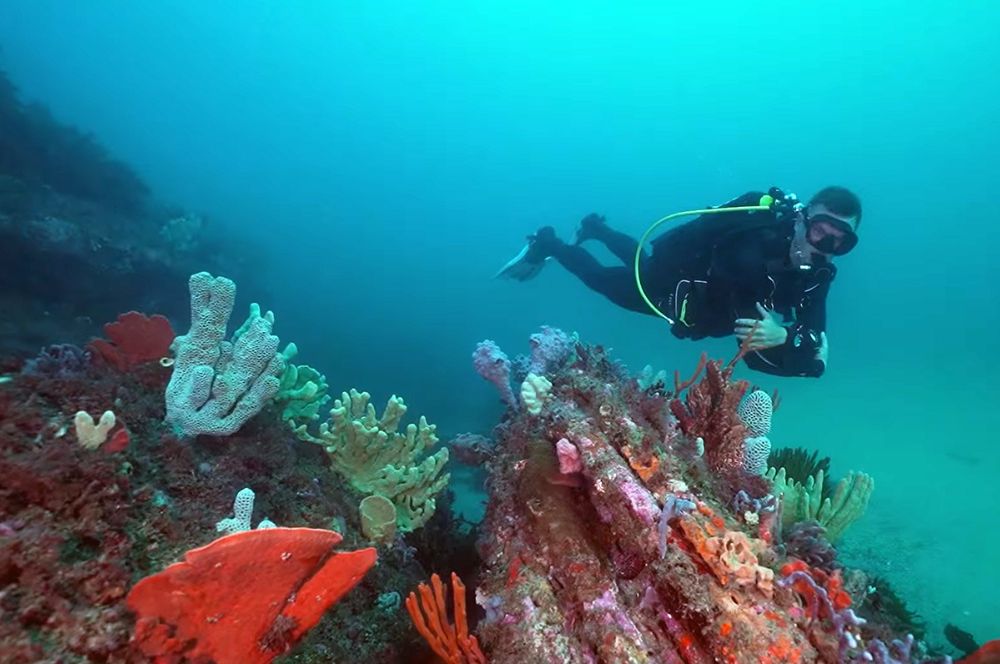
Threats to Sponge Garden Ecosystems
Sponge gardens, despite their ecological significance, are confronted with considerable threats. Climate change critically influences the functioning of ecosystems underpinned by sponge gardens, posing a significant threat to their survival. Rising sea temperatures disrupt the symbiotic relationships between sponges and microbes, leading to possible tissue decay and mortality.
In warmer waters, critical microbes responsible for detoxifying sponge-produced ammonia may leave, causing harmful buildup and further stressing sponge populations. The symbiotic relationships integral to sponge gardens’ biodiversity and functionality face significant disruptions due to the effects of climate change on both sponges and their associated microbes.
The risks that sponge gardens are exposed to underscore the pressing need for climate change mitigation and conservation of these invaluable ecosystems, which are home to various threatened species. This serves as a reminder of the profound link between the health of our planet and our oceans, and the essential need to raise awareness and protect these underwater gardens to keep the balance of marine biodiversity.
Summary
In the depths of Sydney’s waters lie the vibrant and intricate sponge gardens, showcasing the beauty, complexity, and interconnectedness of life beneath the waves. They are not just about sponges but a whole ecosystem supporting an array of marine life, from the beautiful sea tulips to corals. Their symbiotic relationships, nutrient exchanges, and ecological roles in maintaining water quality and providing structured habitats underscore their importance in our marine ecosystem.
However, these enchanting underwater gardens face significant threats from climate change and rising sea temperatures. The challenges they face serve as a poignant reminder of our responsibility to protect and conserve our marine ecosystems. Each of us can play a role in this endeavour, from responsible diving practices to supporting local conservation initiatives. As we continue to explore and appreciate the wonders of our oceans, let’s also remember to do our part in preserving them for future generations.
Frequently Asked Questions
Are sea tulips a plant or animal?
Sea tulips are animals, specifically ascidians, which are a type of sea squirt. They are not plants as their common name might suggest.
How long do sponges live?
Sponges can live for hundreds or even thousands of years, with some species estimated to live for more than 2,300 years. Deep-water sponges, in particular, have long lifespans and create habitats for other marine animals.
What is the difference between a coral and a sponge?
The main difference between corals and sponges is that corals are complex, many-celled organisms, while sponges are very simple creatures with no tissues. This leads to distinct anatomy, feeding methods, and reproductive processes.
What are the threats to sponge gardens?
The threats to sponge gardens include being smothered by silt, harmed by abrasive material, affected by pollution, and vulnerable to physical damage from storms and human activities like trawling and dredging. It is important to address these threats to protect sponge gardens and their delicate ecosystems.
What is a sponge garden?
A sponge garden is a unique underwater environment found at The Heads, characterised by diverse and colourful sponges and a wide variety of species that are often exclusive to this area. This creates a structure and environment for a breadth of species, many of which have not been identified anywhere else.
RELATED POSTS
-
Discovering the Blue Groper | A tribute…
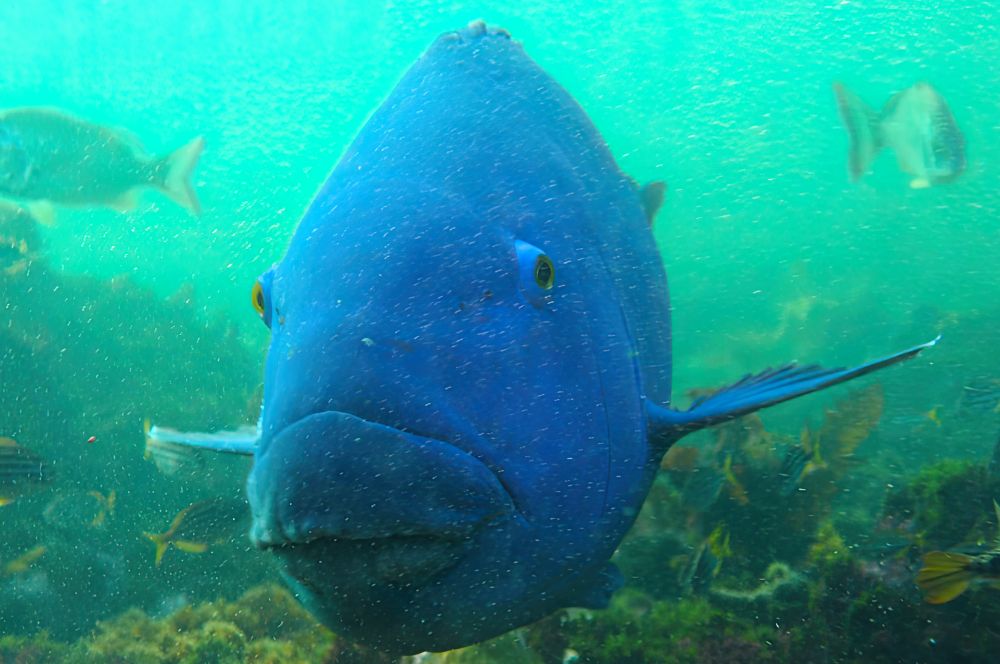
Discovering the Blue…
Discovering the Blue Groper: An Insight into Australia's Gentle Marine Giant This blog serves as a heartfelt […] -
Diving with the Elusive Weedy Sea Dragons
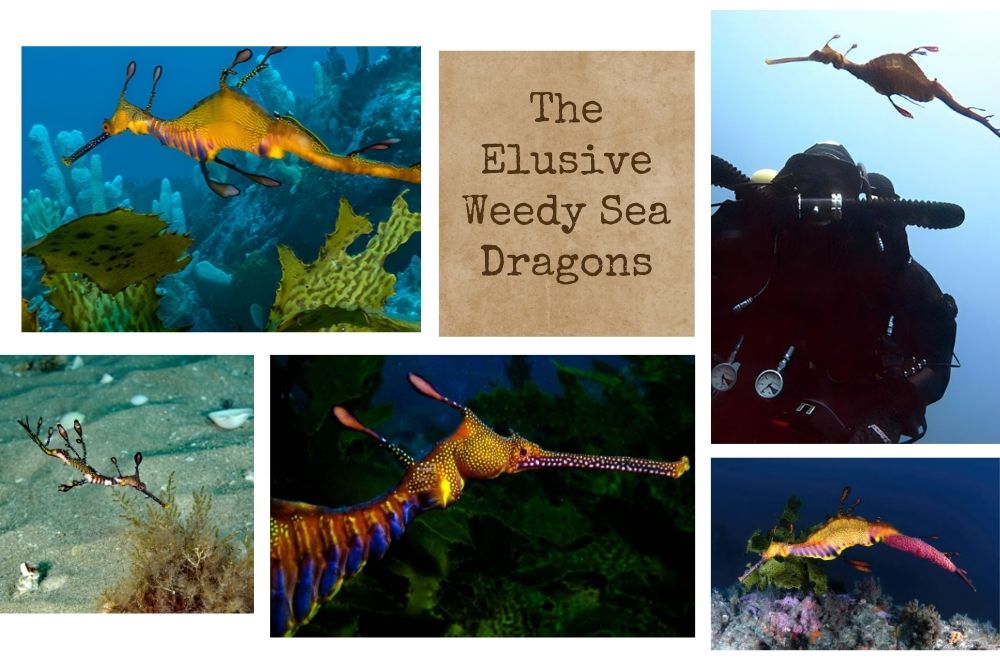
Diving with the Elusive…
Diving with the Elusive Weedy Sea Dragons: An Unforgettable Marine Adventure Have you ever dreamt of encountering […] -
Inky Encounters | Diving with Sydney's…
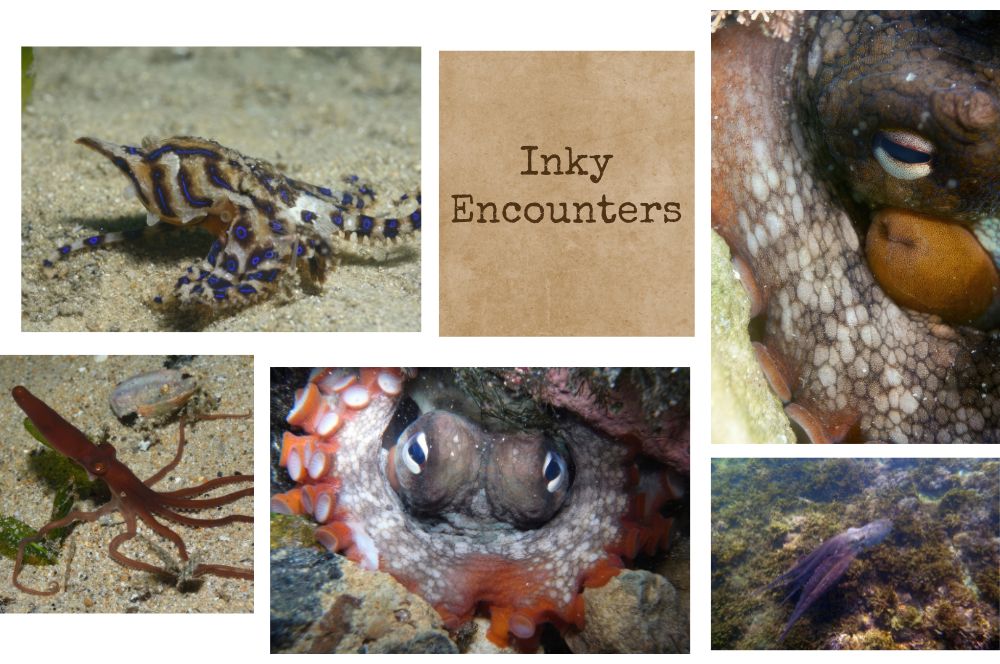
Inky Encounters | Diving…
Inky Encounters: Diving with Sydney's Spectacular Octopuses Are you ready to dive into the mesmerizing world […] -
Sydney's Underwater Biodiversity |…
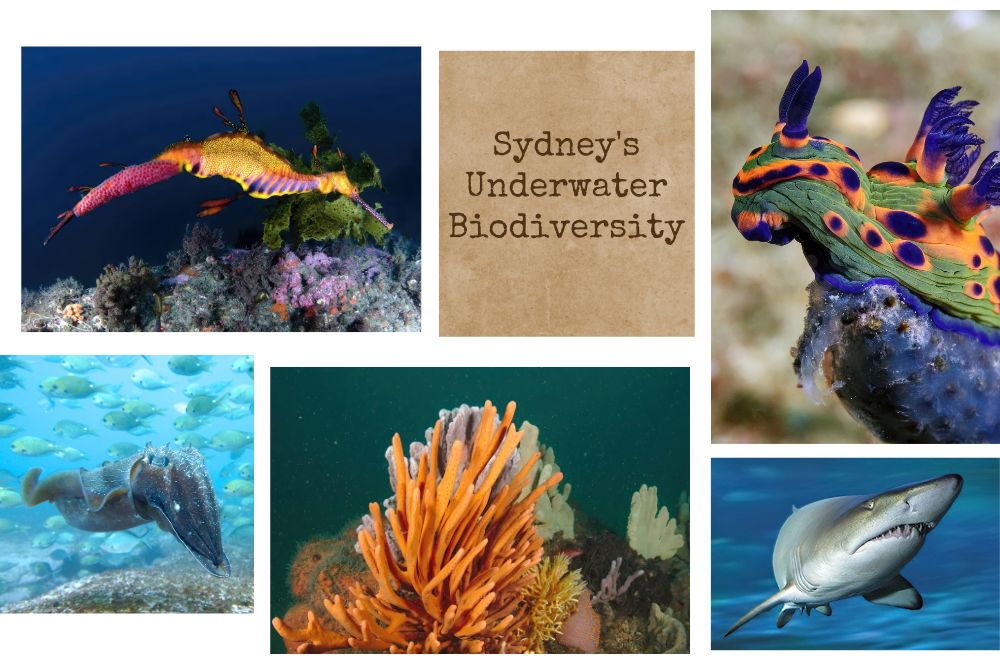
Sydney's Underwater…
Sydney's Underwater Biodiversity: A Scuba Diver's Guide Sydney, Australia’s largest city, is renowned […]
Recent Posts






